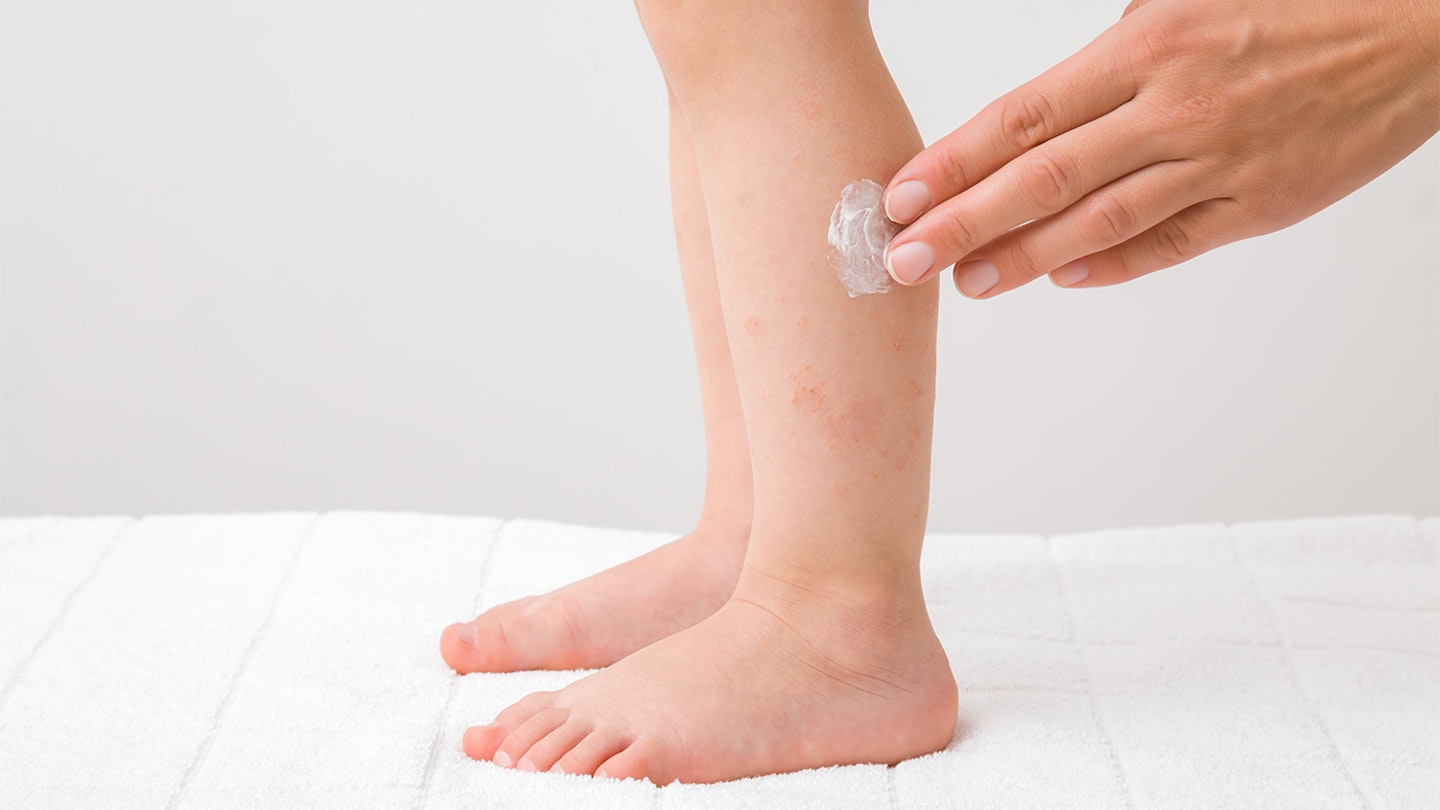Noticing a rash or bumps on your baby's skin can be understandably concerning, but how do we know what's causing baby hives? And what can I do to treat them?
What exactly is baby hives?
Hives is a common skin condition that can occur as a single episode (acute urticaria), or less commonly, it may recur multiple times for longer than 6 weeks (chronic urticaria). Hives are due to the immune system releasing histamine into the skin. This substance causes the redness, swelling and itching.
If your little ones has red, bumpy, scaly, itchy or swollen skin, they may have a skin allergy. The appearance will vary depending on which skin allergy they’re suffering from:
• Hives are red, itchy, raised areas of the skin that can range in size and appear anywhere on your body.
• Angioedema is a swelling of the deeper layers of the skin that often occurs with hives.
• Eczema is a scaly, itchy rash that often affects the face, elbows and knees.
• When certain substances come into contact with your skin, they may cause a rash called Contact Dermatitis.
What might trigger the appearance of hives?
A trigger can be identified in some cases such as:
• Vital or bacterial infections
• Allergies
• Environmental temperature changes
• Emotional stress
• Foods
• Medication
• Insect bites or stings
What do baby hives look like?
It usually appears as a series of raised, red bumps that come up within minutes and can resemble mosquito bites or nettle rash. It can be limited to a small area or span large expanses of the body. Sometimes there is swelling of the face and eyes.
What are the symptoms of hives?
Hives are usually very itchy which can be a source of much frustration. In chronic cases, the symptoms are often worse in the evenings which can affect quality of sleep. If symptoms are severe it may also affect a child’s ability to carry out simple activities in daily life. Some children (and adults) also find the physical appearance of ‘wheals’ distressing. Wheals is the name given to the white centre of bumps. The main symptoms include:
• Itching of the skin
• Stinging or burning of the skin
• Raised bumps on the skin that may be red or pink in colour
• Swelling of the skin
How long might the rash last?
The rash can last from minutes to hours but often disappears without a trace within 24 hours.
How do you treat baby hives?
Most cases of hives get better without treatment and the symptoms can be effectively treated with antihistamines. For long-term hives, the treatments aim to relieve symptoms rather than act as a cure.
Identifying potential triggers is an important first step, though usually, a specific cause cannot be found. Available treatments include antihistamines, short courses of steroid tablets and in very severe, chronic cases medications to dampen the body’s immune system (such as ciclosporin) can be beneficial.
If you know what the trigger has been, you'll obviously want to keep your baby away from whatever has triggered their rash. You can also try using a cold compress on the affected area to try and soothe the discomfort.
When to call the doctor
If the rash is accompanied by breathing difficulties, coughing, wheezing or fever, you should seek attention from your doctor immediately.
Other symptoms that require medical attention are vomiting, occur in different areas of the body, reappear frequently and last for a few days.
Your doctor will be able to test for the cause of the hives and be able to advise how it can be best treated.
